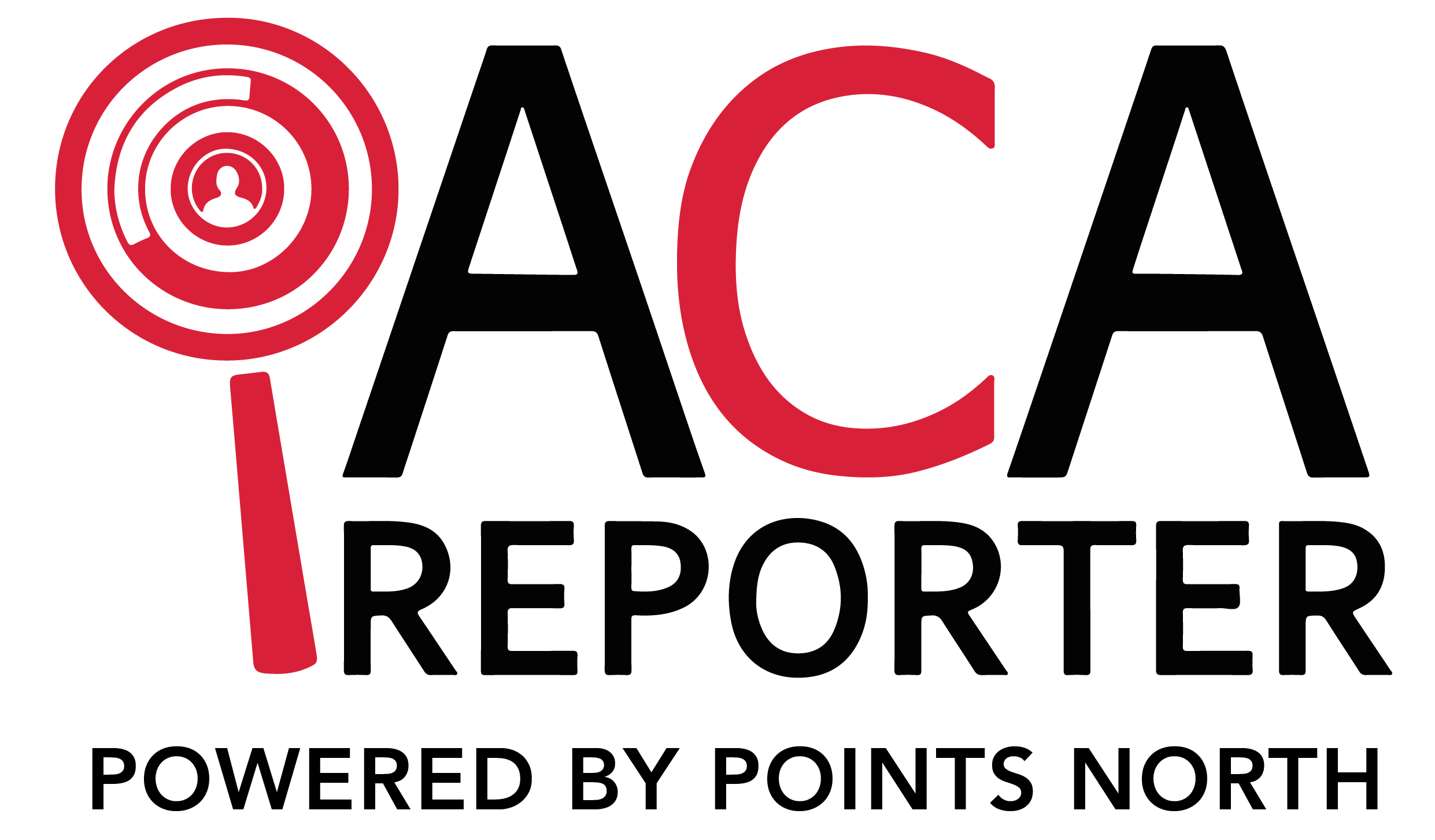Understanding if and when temporary and seasonal employees qualify for benefits under the Affordable Care Act (ACA) can be complicated. To stay ACA compliant, it is important for employers to have a solid grasp of the differences between seasonal and temporary employment, and the eligibility requirements for each when it comes to health insurance coverage.
What is the difference between seasonal and temporary employment?
For ACA reporting compliance, there are some key differences between seasonal and temporary employees:
- Seasonal employees are hired for defined time periods that recur every calendar year, such as for the holiday shopping season or busy summer months. Specifically according to ACA guidelines, these employees are hired for six months or less, and their employment usually begins at about the same time every year.
- Temporary employees are hired for finite periods unrelated to the calendar year to work on specific projects or fill in for employees on leave. The main differentiator is that they are not rehired seasonally at the same time every year.
Seasonal Employment
Seasonal employees are workers brought on during particularly busy periods on a recurring basis year-to-year. These employees work for six months or less (in most cases) and are seasonally rehired for work. Examples include:
- Retail workers hired for the holidays
- Hospitality staff brought on for busy summer tourist seasons
- Teachers hired for summer school sessions
These employees may start qualifying as ACA full-time employees if they average 30 or more hours a week, or 130 hours a month for a full measurement period. The hours they work may also be included in the FTE calculations to determine if your organization is an Applicable Large Employer. In these cases when you have over 50 full-time equivalent employees, you may need to offer coverage.
Temporary Employment
Temporary employees, or short-term employees, are only hired for shorter periods of time to work on very specific projects. Sometimes they are there to fill in for absent employees, or to cover during peak times. These employees often don’t have a confirmed end date and don’t recur at the same time yearly, Some examples include:
- Filling in for maternity leave
- Contractors for short-term projects
- Temporary help during a business acquisition
These employees, similar to seasonal employees, only start qualifying as ACA full-time if they are employed over 30 hours a week or 130 hours a month for a full measurement period. In these cases, it is safe to consider their project time and hours per week to see if they will hit your measurement threshold and need to be given an offer of coverage.
When Should I Offer Coverage to Seasonal Employees?
When it comes to health insurance and ACA compliance, the rules for covering seasonal employees depend on whether they actually qualify as a “full-time equivalent” employee. ACA classifies any employee who is employed at least 30 hours a week (or 130 hours a month) as full-time.
Once you qualify as an Applicable Large Employer (ALE), which is an employer with 50 or more FTEs (full-time equivalent), you must follow ACA’s employed-shared responsibility provisions. Note that while you may not have to cover all of your seasonal employees, those who are designated as full-time equivalent may need to be given an offering of coverage.
What is the Look-Back Measurement Method?
The look-back measurement method is an IRS-approved way of tracking hours to determine ACA eligibility for variable-hour and seasonal employees.
It involves tracking hours during an initial measurement period to calculate average hours worked. This lets employers determine if seasonal staff should be classified as full-time for ACA purposes during a subsequent stability period.
Generally, the Look-Back Measurement Method works best for organizations with large numbers of part-time and seasonal employees. It allows monitoring and tracking of employee hours, which is then used to determine if they meet the ACA's full-time definition or not.
There are three key components:
- The Measurement Period: During this period, employee hours are tracked and averaged over a duration of 3-12 months. A longer measurement window improves accuracy in classifying seasonal staff.
- The Administrative Period: An optional 30-90 day administrative period follows to process paperwork and notify eligible employees.
- The Stability Period: This stability period must be at least 6 months long. Employees are classified as full-time or not during this period based on the preceding measurement period. Their status is "locked in" for the duration, regardless of actual hours worked.
For seasonal staff, the measurement period can align with their standard employment period to accurately reflect average hours worked in determining future ACA eligibility. Key benefits of using the lookback method include empowering employers to proactively determine full-time status ahead of the stability period in a math-based way, allowing time for enrollment, and improving reporting accuracy.
There are also some special cases to note, like new hires reasonably expected to be full-time must receive an offer by the 1st day of the 4th month of employment. Additionally, coverage can't be rescinded during a stability period without penalty risk.
Note that this measurement method can’t be used to determine full-time employee status specifically when looking at ALE status determination.
What If You Rehire the Same Seasonal Employees Each Year?
Seasonal employees do get one unique notice under ACA, called the “break-in-service” rule. Under this rule, if your employee isn’t employed for at least 13 weeks (or 26 weeks if your organization is under the education umbrella), they are then treated as a new employee when they are rehired.
The break-in-service rule allows you to use a new measurement period to determine seasonal employee eligibility for ACA compliance and health insurance coverage. By utilizing this rule, companies hiring these employees get a bit of flexibility in their compliance.
Penalties for ACA Non-Compliance
Failing to offer affordable, adequate health coverage to qualifying employees can trigger two types of penalties:
- IRS Employer Mandate Penalties - For not offering coverage to 95%+ of full-time employees, based on a percentage of your workforce.
- "Pay or Play" Fines - For not offering affordable plans providing minimum value. Assessed monthly per full-time employee receiving subsidized (premium tax credit) marketplace coverage.
While amounts fluctuate annually, potential penalties can add up quickly as they are often charged per employee. It's crucial to accurately track employee hours and offer proper benefits.
Make Tracking Variable Hour and Seasonal Employees Simple
Keeping track of temporary and seasonal employees' hours to determine ACA eligibility and full-time status can be an administrative challenge. This is especially true for larger organizations with high volumes of variable-hour staff.
Manually calculating hours, running reports, managing measurement periods, and determining when coverage must be offered for each employee is complex and time-consuming. It requires dedicated HR staff time that could be better utilized on strategic initiatives.
Without a streamlined tracking system, it's easy for errors and misclassifications to occur. This can lead to penalties for non-compliance. Additionally, tracking hours in spreadsheets or multiple systems creates data security risks.
To simplify the process, it’s advisable to use integrated HR and ACA compliance technology. This allows easy tracking of employee hours in real-time across locations. Automated tracking technology removes the manual burden so HR teams can focus on more strategic tasks. It also minimizes compliance risk exposure through improved accuracy.
Ensure ACA compliance with your seasonal employees
Navigating ACA requirements for temporary and seasonal staff involves many intricacies. An expert partner well-versed in the complexities can prove invaluable.
Points North’s ACA Reporter is the ideal solution for simplifying seasonal employee tracking and ACA compliance. Our software and dedicated support team empower businesses to stay compliant every step of the way.
Analysis & Modeling
Understand your current compliance standing, how seasonal staff impact it, and determine the best path forward to minimize risk. Our experts provide guidance tailored to your needs.
Decision & Documentation
Make informed choices on coverage offers, measurement periods, and more based on comprehensive analysis. We’ll document your ACA strategy for seasonal staff.
Implementation & Monitoring
Put your seasonal employee plan into action with ACA Reporter. Our dashboards enable real-time monitoring so you can proactively resolve any issues.
Designed for all business types, ACA Reporter makes complicated situations easy with:
- Multiple location data aggregation
- Easy review of 1095 forms
- Code calculations for accurate IRS filing
- Historical data repository
Don’t let ACA compliance become a burden. Simplify reporting for temporary and seasonal employees with ACA Reporter and rely on our team’s expertise. Contact us today to get started on your expert-driven compliance journey.





